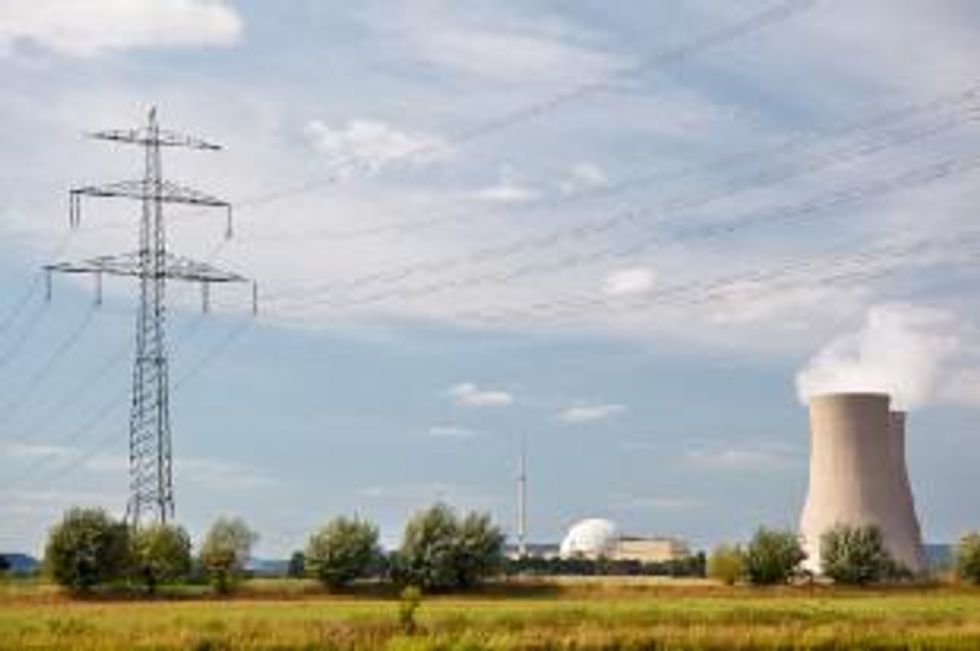UxConsulting reported that “The spot uranium market continues to edge downward on price-sensitive demand. August is the height of the vacation season, giving buyers yet another reason to stay away from a market that has been languishing this summer as the implications of the Fukushima accident have set in.”
Uranium prices on the spot market declined 1.9 percent in the past week according to Ux Consulting Co. Bloomberg reported the spot market price traded in the range of $50.50 per pound over the last week according to UxConsulting, however, TradeTech reported a spot uranium price reduction to $50.25 a depreciation of $1.25 per pound. With limited sources competing for even fewer purchasers, the spot uranium market was thin last week for both the demand and supply side.
UxConsulting reported that “The spot uranium market continues to edge downward on price-sensitive demand. August is the height of the vacation season, giving buyers yet another reason to stay away from a market that has been languishing this summer as the implications of the Fukushima accident have set in.”
This week’s uranium sources included producers, traders and financial entities. Meanwhile, purchasers were represented by utilities, traders, and financial entities. The purchasers of uranium remain reluctant to commit and are largely uninterested as sources capitulated on offer prices in order to conclude sales. A total of seven transactions were reported, for a year-to-date total volume representing 13,993 tonnes of uranium.
Market volatility and short term price fluctuation
The spot price for uranium has declined 19 percent from its range at the end of last year; however, a decline of 24 percent on the price for uranium has resulted since the earthquake and ensuing tsunami damaged the Fukushima Daiichi power station. The spot market for immediate delivery permits trading for within a year and includes buying and selling by financial investors to facilitate trade for unexpected circumstances.
Although nuclear power utilities buy the bulk of their uranium from mining companies, with contracts generally extending beyond 12 months, certain factors may impact market perceptions and future forecasts for fuel demands.
Nuclear power plant impediments during the spring
The refueling season for US Nuclear power plants this spring coincided with several forced outages and extreme weather conditions resulting in a decline for power capacity. Nuclear facility operators and utilities typically schedule maintenance during the spring and autumn to help ensure that reactors are available to meet peak electric demand in the summer and winter. A regional transmission organization coordinating the transmission and delivery of wholesale electricity to 54 million people and 20 percent of the US economy, known as the PJM Interconnection, experienced five-year highs in nuclear fleet outages. Most of the nuclear outages could be attributed to refueling, but some outages were unplanned, caused by tornadoes and other extreme weather events damaging transmission lines. Based on data available from the US Nuclear Regulatory Commission (NRC), total nuclear outages were higher in 2011 than any of the previous four years for the majority of April, May, June and into July.
Manufacturing growth declining
According to the Institute for Supply Management’s purchasing managers’ (ISM) index US manufacturing growth slid to 50.9 in July from 55.3 in June, a steeper decline than analysts and economists had anticipated. This represents the lowest level of growth for the index since the official end of the recession in 2009 as a sign of stagnation in the world’s largest economy. The world’s second largest consumer of uranium, France, also demonstrated a weakness in manufacturing and industrial growth, continuing to slow significantly in July falling to 50.5 from 52.5.
Temperature anomalies
Summer heat waves can create high peak load consumption within the residential component of electricity demand as millions of air conditioners in entire regions switch on at the same time representing a considerable strain on the electricity grid. Although last month provided the fifth warmest July since historical records began in 1880, large portions of each inhabited continent demonstrated cooler-than-average conditions present across the northwestern United States, southwestern Canada, Western Europe and central Russia. The data was skewed by a more extreme sample of anomalous warmth with the global land surface temperature 0.84 degrees Celsius above the 20th century average.
The United Kingdom experienced its coolest July minimum temperature since 1980 and France had a colder and wetter month than usual, with average temperatures across the country averaging 19.2 degrees Celsius last month, 1.3 degrees below normal, with average rainfall 69 percent above the mean.
Stronger production total in the US
Production totals in the second quarter were reported to be 539 tonnes of uranium, up 12 percent from the previous quarter and up 13 percent from last year. For the first half of this year, uranium concentrate production totaled 1,022 tonnes representing a 17 percent increase over the 876 tonnes produced during the same period last year.
Cause for optimism
Offering a cautionary optimistic perspective UxConsulting noted, “Perhaps the best thing that can be said about the market is that the fall buying season is approaching, which could provide some boost to demand and possibly lead to the price bottoming out or showing some slight recovery. However, this is a far cry from the expanding demand we saw last year that was sufficient to sustain a price increase over a number of months. If sufficient demand is not forthcoming, the price could continue its downward trend.”






